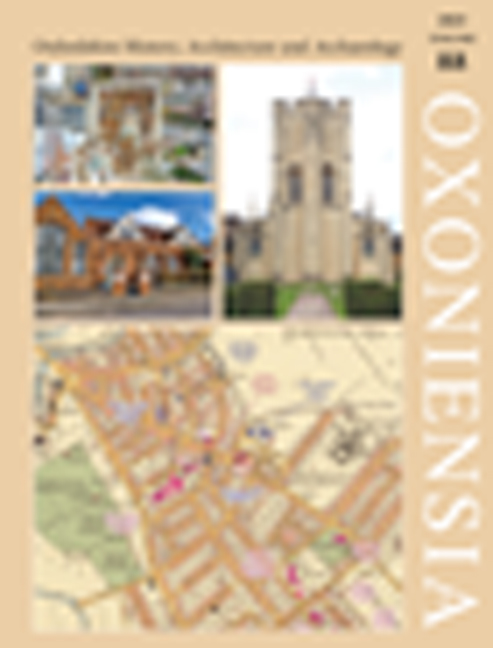Simon Townley (ed.), A History of the County of Oxford, vol. 20, The South Oxfordshire Chilterns: Caversham, Goring and Area
Published online by Cambridge University Press: 15 May 2024
Summary
The latest volume of the Victoria County History of Oxfordshire covers the far south of the historical (pre-1974) county except for Henley-on-Thames and some nearby parishes (already published in volume 16) and South Stoke; it thus comprises Langtree Hundred and part of Binfield Hundred. Nearly all of the area’s ancient parishes stretched from the Thames into the Chiltern heights. The area’s modern economic and social focus is Reading, in Berkshire, which includes the suburb of Caversham. Though the latter was transferred from Oxfordshire in 1911, it is included here, and is the most populous centre in the volume. Cover-to-cover reading of a complete (traditional) volume of the VCH is rarely attempted and goes against the grain of how the series is normally used – as an introduction and reference point for studying a single community. For this reviewer it has prompted reflections on the transformation of the VCH series over 120 years, and on how and whether it matches the needs of its users.
The Victoria County History was founded in 1899 at the peak of British national self-confidence. Although rising modern English nationalism could again make it in tune with the times, the shift in subsequent decades towards a society based on populous cities and city regions, and on city-based administrative units, contrasts sharply with the original parish and county focus of the VCH. From its start the VCH reinforced a tradition of parish-based histories stretching back to the seventeenth century which was built on a prime concern with manorial and ecclesiastical institutions. However much VCH General Editors have expanded the remit over more than a century, manorial descents and élite presence have remained a central backbone of volumes. The founders’ decision to reinforce the existing county-history tradition also reflected two important movements which were influential around 1900. One was the centrality of the county in local government, which was reasserted after the democratising reforms of 1888 and 1894. These reaffirmed the primacy of élite magistracy families and legitimised them in elections for new county and district councils where they held sway for another sixty years. The advent of county councils soon reversed the Victorian fragmentation of local administration associated with the formation of Poor Law Unions, Sanitary Boards and Education Boards whose boundaries often ignored county and hundred borders. Secondly, the remoulding of both county and parish boundaries accelerated after 1890.
- Type
- Chapter
- Information
- Oxoniensia , pp. 375 - 378Publisher: Boydell & BrewerFirst published in: 2024

